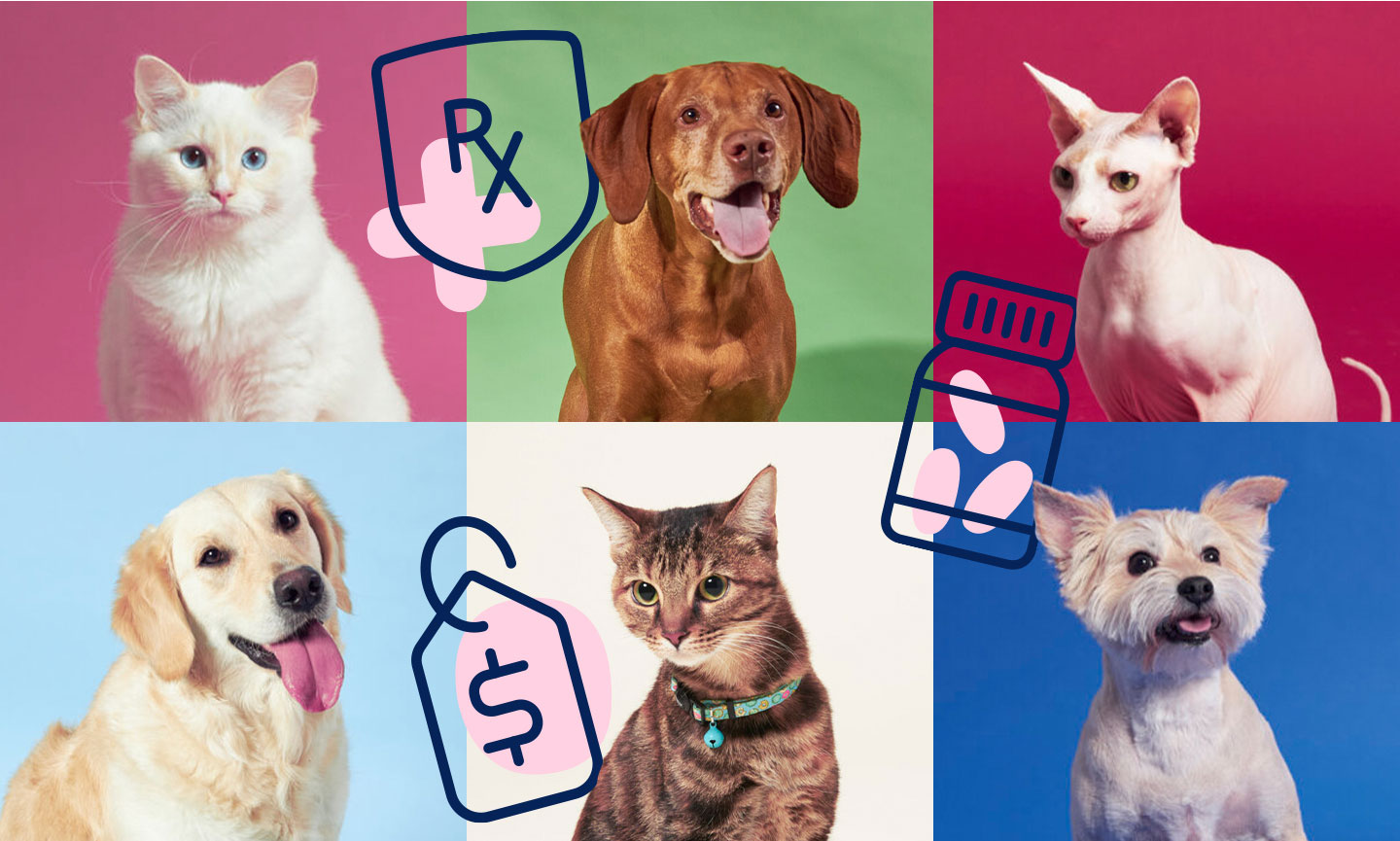Pet owners know that caring for a furry friend involves more than just feeding, grooming, and playing—there are also medical needs that can become expensive quickly. From unexpected accidents to chronic illnesses, veterinary bills can place a significant financial burden on pet parents. That’s where Pet Insurance comes into play.
In this comprehensive guide, we’ll explore whether pet insurance is truly a smart investment. We’ll break down the types of pet insurance, costs, benefits, drawbacks, and scenarios where having coverage could make all the difference.
What Is Pet Insurance?
Pet insurance is a health insurance policy for your pet. It reimburses you for certain veterinary expenses, reducing the financial impact of unexpected illnesses or injuries. Most policies are reimbursement-based, meaning you pay the vet directly and submit a claim to your insurer for partial or full reimbursement.

How Pet Insurance Works
Most pet insurance policies have the following components:
- Premium: The amount you pay monthly or annually to keep the policy active.
- Deductible: The amount you must pay out-of-pocket before insurance kicks in.
- Reimbursement Rate: Typically 70%, 80%, or 90% of eligible expenses.
- Annual Limit or Lifetime Limit: The maximum amount the insurer will pay out.
Types of Pet Insurance Coverage
- Accident-Only Coverage
- Covers injuries from accidents (e.g., broken bones, swallowed objects).
- Typically the most affordable plan.
- Accident and Illness Coverage
- Covers both accidents and common illnesses such as ear infections, vomiting, and more serious conditions like cancer or diabetes.
- This is the most popular and widely offered plan.
- Wellness or Preventive Care Add-ons
- Covers routine care such as vaccinations, flea/tick prevention, and dental cleanings.
- Usually offered as an add-on, not a standalone policy.
Pros of Pet Insurance
1. Financial Protection Against High Vet Bills
Emergency surgery or cancer treatment can cost thousands of dollars. Insurance helps offset these expenses.
2. Peace of Mind
Knowing you’re covered in the event of an emergency provides emotional and financial relief.
3. More Treatment Options
With insurance, you’re less likely to choose less effective treatments due to cost constraints.
4. Customizable Plans
Many providers offer flexible plans tailored to your budget and pet’s needs.
Cons of Pet Insurance
1. Upfront Costs
You often have to pay the vet bill upfront and wait for reimbursement.
2. Pre-Existing Conditions Excluded
Most policies do not cover illnesses or injuries diagnosed before coverage begins.
3. Monthly Premiums Add Up
If your pet remains healthy, you may never “use” the insurance in a significant way.
4. Not All Treatments Covered
Some insurers exclude hereditary conditions, dental diseases, or alternative therapies.
How Much Does Pet Insurance Cost?
Costs vary based on several factors:
- Species: Dogs generally cost more to insure than cats.
- Breed: Some breeds are more prone to health issues.
- Age: Older pets cost more to insure.
- Location: Veterinary costs vary by region.
- Coverage Type: More comprehensive plans cost more.
On average:
- Dogs: $30–$70 per month
- Cats: $15–$40 per month
Real-Life Scenarios Where Pet Insurance Pays Off
- Emergency Surgery: A Labrador swallows a toy and requires a $3,500 surgery. With 80% reimbursement and a $250 deductible, the owner pays only $950.
- Chronic Illness: A cat diagnosed with diabetes requires monthly treatment. The ongoing costs total $1,200 annually. Insurance offsets the majority of the expenses.
- Cancer Treatment: A Golden Retriever undergoes chemotherapy, costing over $6,000. Insurance reduces the out-of-pocket burden significantly.
Alternatives to Pet Insurance
1. Self-Funded Emergency Savings
Set aside a dedicated pet emergency fund.
2. Veterinary Discount Plans
These aren’t insurance, but they offer discounts on services through participating vets.
3. Credit Options
Some providers offer medical credit cards specifically for pet care (e.g., CareCredit).
How to Choose the Right Pet Insurance Plan
1. Assess Your Pet’s Health Needs
Consider breed-specific risks and age-related conditions.
2. Compare Providers
Look at coverage options, reimbursement rates, exclusions, and customer reviews.
3. Read the Fine Print
Understand the waiting period, exclusions, and claims process.
4. Ask About Discounts
Some providers offer multi-pet, military, or loyalty discounts.
Top Pet Insurance Providers in the Market (As of 2024)
- Healthy Paws: Known for excellent customer service and unlimited benefits.
- Trupanion: Pays vets directly and covers 90% of eligible expenses.
- Nationwide: Offers wellness plans and exotic pet coverage.
- ASPCA Pet Health Insurance: Customizable plans with optional wellness care.
- Embrace: Covers curable pre-existing conditions after a waiting period.
Is Pet Insurance Worth It?
It depends on your financial situation, your pet’s health, and your risk tolerance. If you want peace of mind and the ability to afford unexpected treatments without hesitation, pet insurance is a smart investment. If you’re financially stable and comfortable managing emergency expenses yourself, a dedicated savings account may suffice.
Final Thoughts
Pet Insurance is more than a safety net—it’s a financial planning tool for responsible pet owners. While it may not make sense for every pet or every budget, the potential savings during emergencies or chronic conditions can far outweigh the cost of premiums.
Before making a decision, weigh the pros and cons, consider your pet’s specific health needs, and evaluate your financial readiness. With careful research, you can determine whether pet insurance is a smart investment for your family.
If this article was informative also checkout: Cyber Insurance
also checkout: Click Here
Or Click Here



